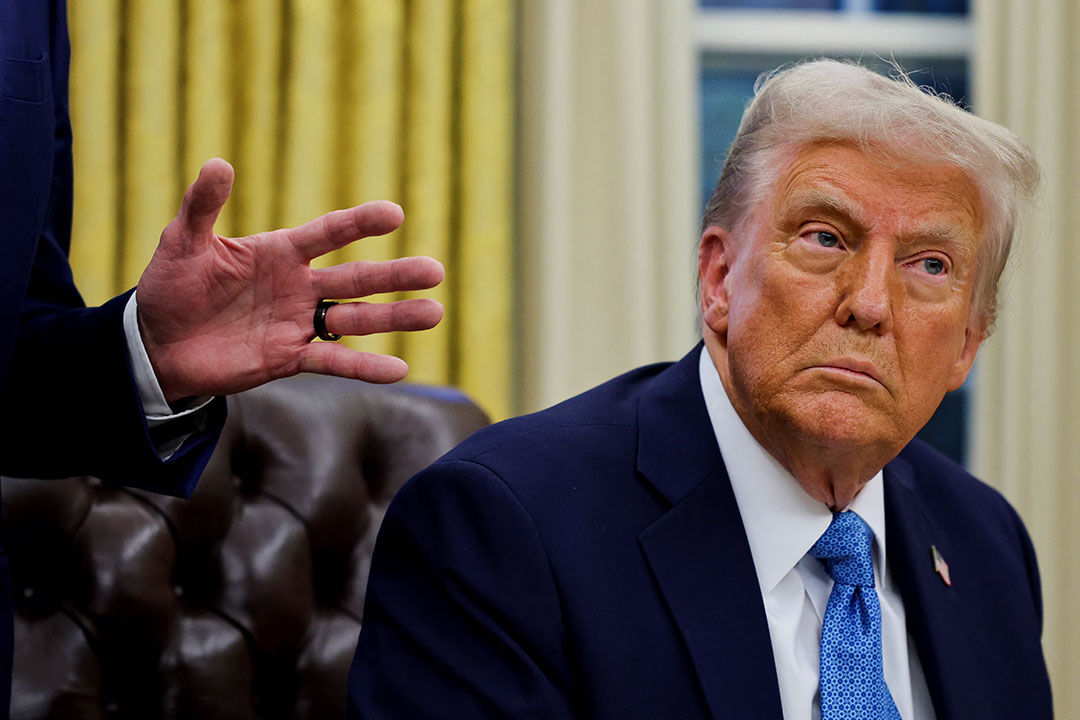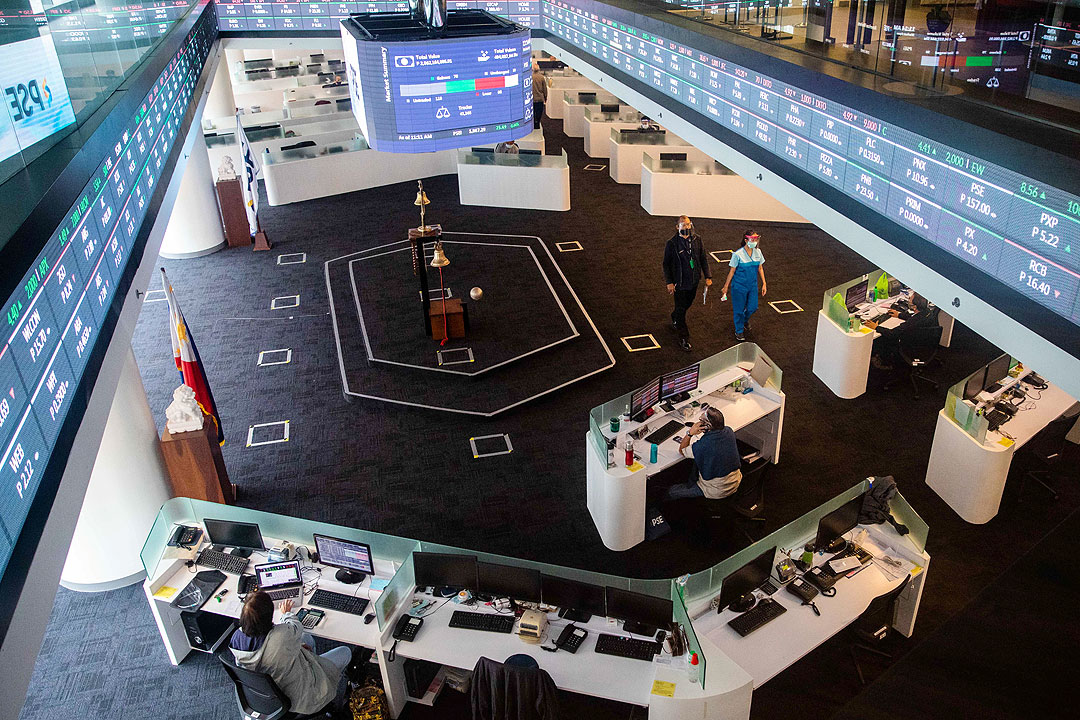
Upgrade to High-Speed Internet for only ₱1499/month!
Enjoy up to 100 Mbps fiber broadband, perfect for browsing, streaming, and gaming.
Visit Suniway.ph to learn
 REUTERS
REUTERSBy Aubrey Rose A. Inosante, Reporter
THE Trump administration’s plan to impose reciprocal tariffs on all countries it trades with will not be as severe on the Philippines compared with other trading partners that maintain large surpluses with the US, analysts said.
“The direct impact of US tariffs on the Philippines is quite mild relative to other economies. Not only is the tariff differential with the US low but the smaller share of trade in gross domestic product provides insulation,” ANZ Research Chief Economist Sanjay Mathur said on Tuesday in statement e-mailed to BusinessWorld.
US President Donald J. Trump is expected to make his tariff announcement on April 2. He has indicated that the US will charge its trading partners “reciprocal” tariffs — levying rates on goods shipped to the US equivalent to those charged on US goods going the other way.
The US remained the top destination for Philippine-made goods, with exports valued at $12.14 billion or 16.6% of total export sales. Overall, the Philippines had a trade deficit of $54.33 billion with all trading partners in 2024.
Mr. Mathur warned of secondary impacts if tariffs result in slower global trade growth, with uncertainty weighing on investment activity, he said.
“The impact on Philippines GDP growth will be moderate. The greater challenge for the Philippines is more to do with private consumption. Both fiscal and monetary policies should focus on boosting domestic demand,” Mr. Mathur said.
In 2024, the economy grew by a weaker-than-expected 5.6%, against 5.5% in 2023. The government target for 2024 had been 6-6.5%.
Economic managers have widened the GDP growth target to 6-8% between 2025 and 2028, due to “evolving domestic and global uncertainties.”
Former Tariff commissioner George N. Manzano said the Philippines, which mainly exports electronics, need not worry much about reciprocal tariffs except in agricultural products.
“Now, when it comes to electronics, since we are part of the Information Technology Agreement (ITA)” covering integrated circuits, automatic data processing machines, electrical conductors — “the tariffs are really low there. In the US, their tariffs are usually duty-free. In the Philippines, we have 0% and 3%,” Mr. Manzano said.
“If the US imposes reciprocal tariffs, they will only raise it a little on our top electronics exports,” he added.
The Philippine Statistics Authority (PSA) lists electronics products as the country’s top commodity export. The category accounted for more than half of total exports in 2024.
Nevertheless, BMI Country Risk Analyst Shi Cheng Low said Mr. Trump’s reciprocal tariff threats “pose clear downside risks to growth” for the Philippines.
She said that higher tariffs could make the country’s export goods more expensive and less competitive in the US market, weighing down on demand.
“We think that the immediate response from Philippine lawmakers is to negotiate and lower trade barriers with the US when push comes to shove. Of course, the extent of its impact on the economy will only be made much clearer when more details are released tomorrow by the Trump administration,” she said.
Philippine Ambassador to the US Jose Manuel D. Romualdez in February said the Philippines should pursue a “sectoral” free trade agreement (FTA) with the US instead of a traditional FTA with broad scope.
World Bank Senior Economist Jaffar Al-Rikabi said the Philippines is still in wait-and-see mode on trade, with uncertainty tending to temper investment.
“For a country like the Philippines, the global economy creates opportunities, not only risks. And one example of an opportunity is the ability of the country to attract firms that are moving out of China, for example, or looking to add more resilience to their supply chains,” he said in an interview on March 26.
Oikonomia Advisory and Research, Inc. Economist Reinielle Matt M. Erece said the reciprocal tariffs will result in tit-for-tat retaliations that may lead to supply chain issues, slowing down economies.
“The impact of these tariffs on the Philippines will be mixed. Directly, this can decrease our exports, which is a concern as the US is one of the largest importers of Philippine products,” he said.
He said higher inflation expectations in the US could turn the Federal Reserve hawkish, with adverse effects on the peso.
The Fed in March held its benchmark overnight rate steady in the 4.25%-4.5% range amid expectations of rising prices in the face of a looming tariff war.
In a statement issued to BusinessWorld, the Department of Budget and Management (DBM) said the Philippines is expected to withstand the effects of both the US tariffs and the retaliation from other nations.
“In any case, still, DBM ensures that resources and the budget have sufficient buffers and programs that can counter the negative effects of global economic uncertainty,” it added.
Moody’s Analytics expects Philippine growth to remain among the highest in the Asia-Pacific, though its US exposure has the potential to slow growth.
“Malaysia, Thailand and Vietnam are among the countries whose economies could be hit hardest by an escalation of US-China trade tensions given their close trade and supply-chain ties with China, and relatively high exports to the US,” it said in a report on March 31.




